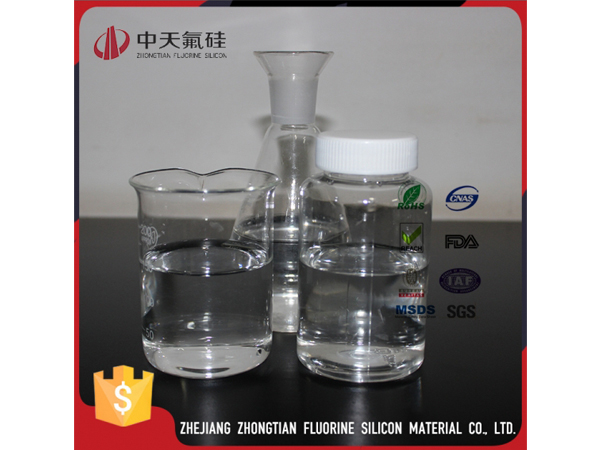Methyltrichlorosilane (M1)

Deskrizzjoni tal-prodott
Name: Methyltrichlorosilane (M1)
Feature: This product is a colorless transparent liquid. It is the main material of silicone products to produce methyltriethoxysilane and silane crosslinking agent (methyl triethoxysilane and methyltrimethoxysilane), and produce silicon resin, special coatings, building waterproofing agent, and oilfield drilling collapse resistance agent for methyl sodium silicate used in drilling wells on the oil field.
CAS No.: 75-79-6
Application of Methyltrichlorosilane
It is mainly used for the production of methyl triethoxysilane, methyl trimethoxysilane, and other crosslinking agents, silicone resin, special coatings, construction waterproofing agent, and oilfield drilling anti-collapse agent (sodium methyl silicate), as well as gas-phase silica and other products.
Silicone materials, including methyl trichlorosilane, are not only as special materials used in military, aviation, aerospace, and other cutting-edge industries, but also widely used in construction, textile, automobile, machinery, electronic and electrical appliances, chemical and light industry, leather and papermaking, medicine and health, etc. To a certain extent, it reflects the development of a country.
Product Appearance of Methyltrichlorosilane
-colorless
-transparent liquid
-no mechanical impurity (Mechanical impurity refers to the precipitation of suspended matter in petroleum or petroleum products that is insoluble in oil and specified solvents, such as mud sand, dust, iron filings, fibers, and certain insoluble salts.)
-have a pungent odor
-easy deliquescence
Production Methods of MethylChlorosilane
There are two production methods of methyl chlorosilane-indirect method and direct method. It was invented by E.G. Rojo in 1940 and is produced by using copper or copper salt as the catalyst to make a direct reaction between methyl chloride and silicon powder at about 300℃. This is a complex non-homogeneous reaction. The resulting mixture mainly contains dimethyldichlorosilane (about 70%), followed by methyl trichlorosilane, trimethylchlorosilane, methyl dichlorosilane, etc. The product can be obtained by distillation. The product is obtained in pure form by distillation. Due to the exothermic nature of the reaction, temperature control is extremely important, and most fluidized bed reactors are now used.
Storage and Transportation of Methyltrichlorosilane
Storage: Stored in a shady, cool, and ventilated place. It should be kept away from kindling and heat sources, avoid direct sunlight.
Transportation: When transported, avoid rain and direct sunshine.
Description of Silane Crosslinking
Silane crosslinking is introduced into polyethylene by a silane coupling agent to increase the strength and aging resistance of polyethylene.
Since its introduction in the late 1960s, silane-based cross-linked polyethylene technology has grown considerably and gained wide application.
There is three main industrial silane crosslinking polyethylene processes: the two-step production process (also known as SioplasE), the one-step production process (also known as MonosilR), and the vinyl silane copolymer process, of which the vinyl silane copolymer process combines many of the advantages of the two-step and one-step processes and has greater advantages, but the cross-linking reactions in all three processes are accomplished by immersing silane-modified polyethylene mixed with a silanol condensation catalyst in warm water or water vapor. However, the cross-linking reaction in all three processes is accomplished by immersing silane-modified polyethylene mixed with a silane alcohol condensation catalyst in warm water or water vapor, and the water required for cross-linking is diffused from outside. Due to the non-hydrophilic nature of polyethylene, the diffusion of water in polyethylene is very slow, resulting in very slow cross-linking, and the thicker the wall of the product, the longer the cross-linking time.

